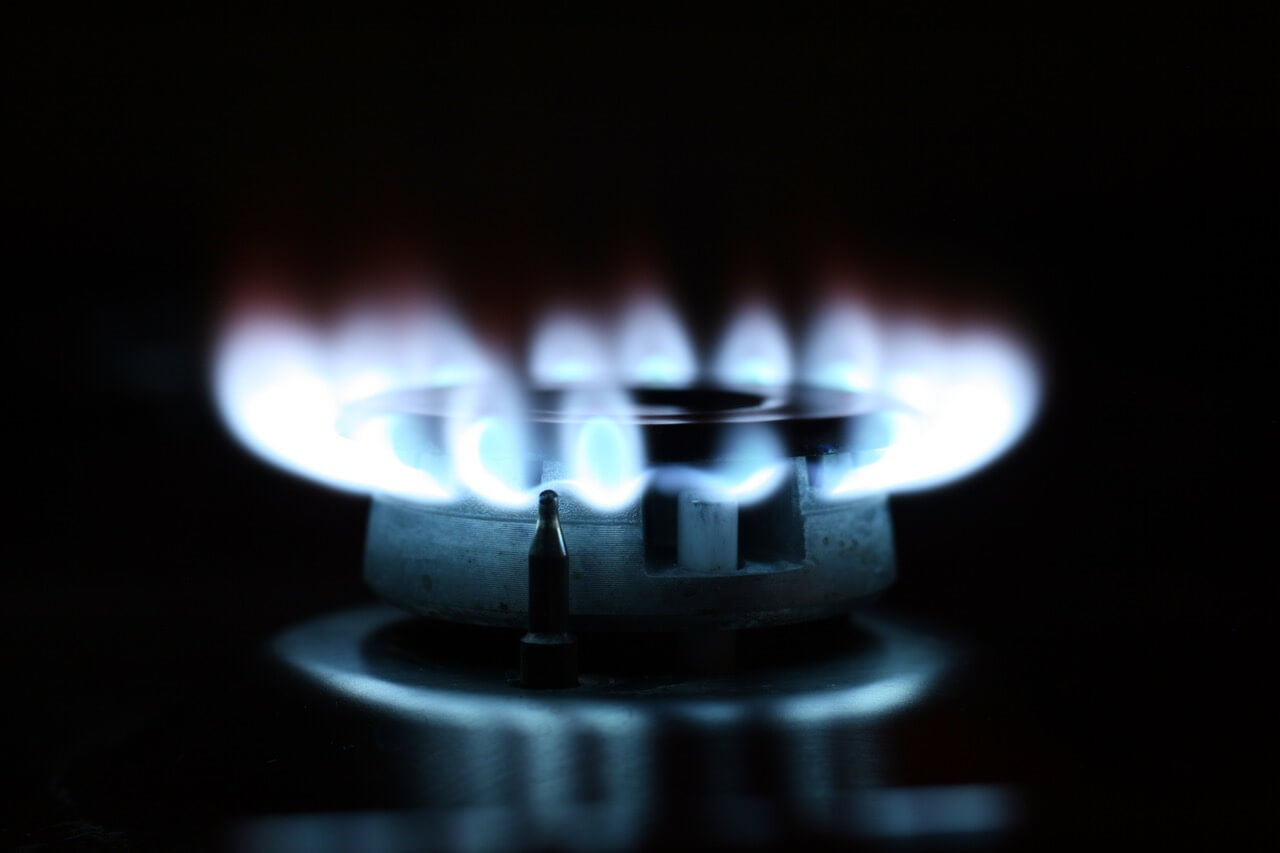What Does ATEX Rated for Hoists Mean?
There are many certifications, standards and regulations that apply to equipment, workplaces and health and safety around the world- one of these for example being for ATEX rated hoists. These certifications and ratings ensure that workers are protected and working environments are kept safe.
There are dozens of these laws and regulations that apply to lifting equipment, given the nature of the industries that they work in, the fact that they are complicated pieces of machinery, and also because they are lifting and lowering heavy loads.
In the article below we have examined the ATEX certification in more detail, and what this means for ATEX rated hoists.
ATEX rated equipment must be used in any explosive environment
What is the ATEX certification?
ATEX is a certification that relates to equipment that is being used in a flammable or explosive environment. It involves two EU directives, which are as follows:
- Directive 99/92/C, also called the ATEX Workplace Directive or just ATEX 137. This directive relates to the “minimum requirements for improving the health and safety protection of workers potentially at risk from explosive atmospheres.”
- Directive 94/9/EC, also called the ATEX Equipment Directive or just ATEX 95. This directive relates to the “approximation of the laws of Members States concerning equipment and protective systems intended for use in potentially explosive atmospheres.”
Explosive atmospheres can be caused by flammable gases, flammable mists or even flammable vapours, as well as combustible dusts. If there is enough of this substance in the air, then all is needed is a small spark or ignition to cause a fire or explosion.
You can find such environments in a huge number of industries, including places such as chemical plants, vehicle paint spray workshops, or even warehouses that handle fine dust such as grain flour or wood.
Obviously, such explosions can cause a huge amount of damage, as well as a loss of life, and so the ATEX certifications are absolutely crucial for industries that are at risk from this sort of hazard.
ATEX is also applied in conjunction with the Dangerous Substances and Explosive Atmospheres Regulations 2002 (DSEAR), which place the responsibility of eliminating or controlling the risks of a potentially explosive environment on employers.
The ATEX directives were established in Great Britain through DSEAR and apply to any industry that has an explosive environment and that hasn’t already been subjected to other regulations.
Failing to use ATEX rated equipment could cause explosions
What does ATEX rated hoist equipment mean?
Given the nature of the environments that these hoists will be working in, electric hoists are not used due to the risk of sparking. Instead, pneumatic hoists and manual hoists are used. However, it is still crucial that these pieces of equipment are protected against the hazardous environments that they are operating within.
ATEX rated hoist equipment is any equipment that is spark proof, explosion proof and itself anti-sparking. ATEX rated hoists have been designed for hazardous environments, and so you can safely rely on their ability to operate without causing damage or fatalities.
The updated ATEX directives
The ATEX directives were updated with new rules enforced on 20th April 2016. The new directive, titled ATEX 2014/34/EU, brought in the following changes:
– The EC Type Examination Certificates were changed to EU Type Examinations Certificates. This meant that a new EU certificate was issued, and manufactures had to change their documentation.
– The CE marking remained unchanged
– All evaluation procedures and Essential Requirements of Health and Safety remained the same
– Product surveillance was increased under the new directive
– For any products that had already been certified but there wasn’t a major change in product standards, the manufacturer was allowed to continue with their EC Type Examination Certification
– The traceability of products and equipment that fall under these directives was to be increased and made more transparent
The two original ATEX directives, and the updated directive, have meant that all hoists with this rating are highly safe, manufactured reliably, and have come through a supply chain that can be easily traced.
If you are operating in a hazardous and potentially explosive environment, then it is absolutely vital that you are using the right equipment for the job. If you want to talk more about ATEX rated hoists, then we would be more than happy to assist you. You can get in contact with us here.

 Fast Delivery
Fast Delivery Low Prices
Low Prices Buy Online
Buy Online
